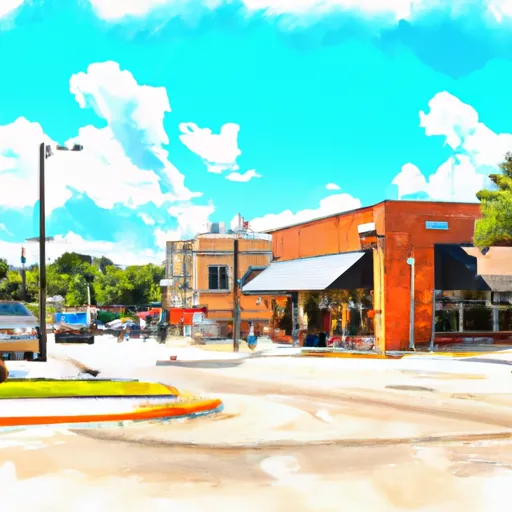°F
°F
mph
Windspeed
%
Humidity











Cost, Texas is a small town located in Gonzales County, with a population of approximately 350 people. The climate in Cost is humid subtropical, with hot summers and mild winters. The hydrology constituents include the nearby San Marcos River, which provides opportunities for tubing, fishing, and swimming. Outdoor recreation options in the area include camping, hiking, and birdwatching at nearby state parks such as Palmetto State Park and Gonzales Memorial Museum. The town is also known for its historic downtown area and annual community events such as the Cost Country Festival and Cost Independence Day Celebration.
Weather Forecast
Cost receives approximately 854mm of rain per year, with humidity levels near 83% and air temperatures averaging around 21°C. Cost has a plant hardyness factor of 8, meaning plants and agriculture in this region tend to thrive here all year round.
Regional Streamflow Levels
24
Cubic Feet Per Second
83
Cubic Feet Per Second
12
Cubic Feet Per Second
11
Cubic Feet Per Second
Nearby Camping
| Camping Area | Reservations | Toilets | Showers |
|---|---|---|---|
| Labonte Park | |||
| Goliad State Park | |||
| Independence City Park | |||
| Jim Hogg - Lake Georgetown | |||
| Cedar Breaks - Lake Georgetown | |||
| McKinney Falls State Park |



